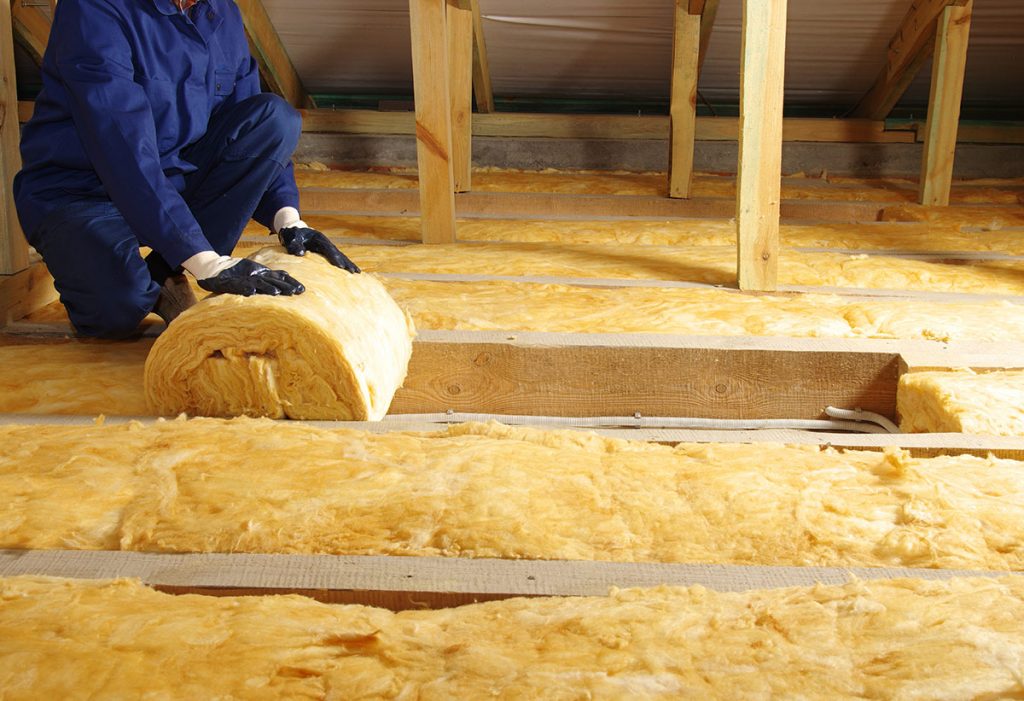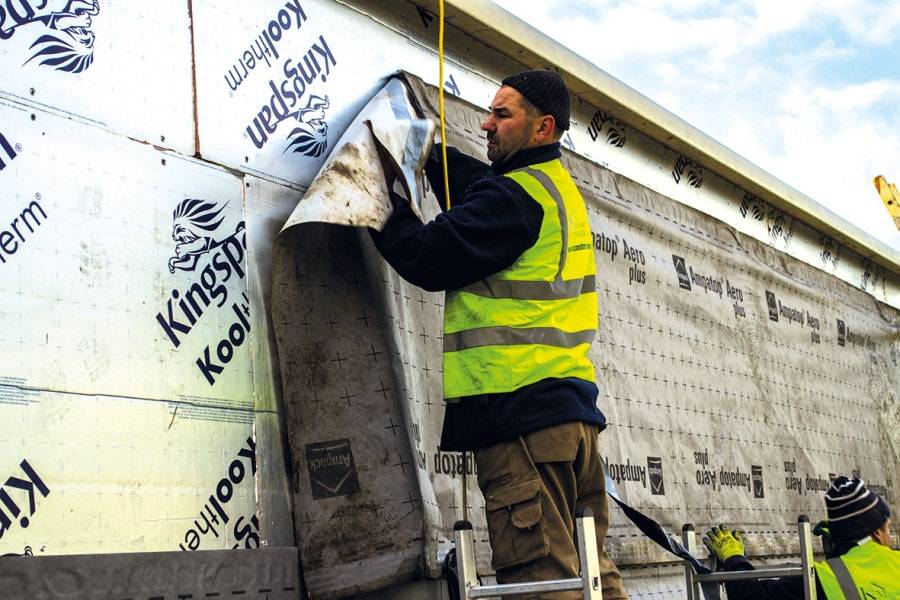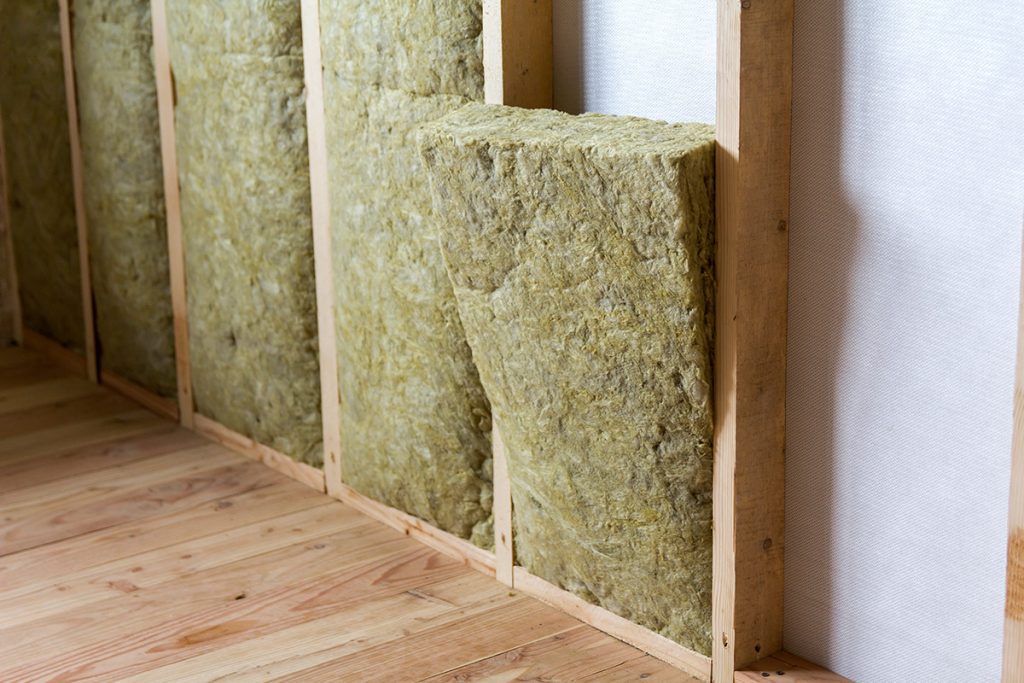Introduction to Energy-efficient Buildings
With the ever-increasing focus on energy conservation, terms like Passive House and Nearly Zero Energy Building (NZEB) are becoming popular in the building domain. These terminologies define buildings with minimum energy consumption, which means significantly lower energy bills for occupants.
While the idea is globally relevant, in Ireland, NZEB is particularly significant due to its mention in Part L of the ROI building regulations. According to these guidelines, an NZEB is a high-performance building that derives its minimal energy needs mostly from renewable sources either on-site or close by. For instance, harnessing energy from solar panels or heat pumps.

Insulation and Airtightness: The Basics
Airtightness: This pertains to preventing air leakage. Excessive air leakage can inflate your heating bills and even lead to issues like fabric damage from moisture. Ensuring an airtight home means balancing between sealing leaks and maintaining adequate ventilation for good indoor air quality.
Insulation: In the realm of construction, insulation products diminish the rate of heat transfer across the building’s structure. Whether it’s around pipework or within the home’s structure, insulation works to prevent heat loss, resulting in efficient energy usage.
How to Measure Airtightness and Insulation Quality?
Air Permeability: Commonly referred to as q50, it quantifies airtightness based on air volume per square meter at a pressure of 50 Pascals.
Air Changes per Hour (ACH): This measurement, though not employed by building regulations, is widely cited in many energy-efficient building standards, including the Passive House standard.
Thermal Conductivity: The efficiency of an insulation product is measured using this parameter, which indicates how well the product prevents heat transfer.
U-value: A critical metric, the U-value provides an overall sense of your home’s insulation quality. It evaluates the combined thermal efficacy of a wall’s components, with a lower U-value denoting superior insulation.

Key Watchpoints for Insulation and Airtightness
Interstitial Condensation: This phenomenon occurs when warm air encounters a cold surface inside building fabrics, leading to water droplet formation, which can eventually result in fabric decay or mold growth. Airtightness helps mitigate this risk.
Thermal Bridging: Defined by the Building Research Establishment (BRE) as areas with significantly higher heat transfer, thermal bridges can cause additional heat loss, especially in climates like Ireland.
The Importance of Energy Assessments
For both new constructions and renovations, energy strategies are essential. These strategies guide decisions on insulation thickness and targeted airtightness levels. It’s crucial to collaborate with certified energy assessors for accurate evaluations.
Regulatory Standards for Buildings in Ireland
In Ireland, Part L (ROI) and Technical Booklet F1 (NI) specify the minimum insulation and airtightness requisites for new constructions and significant renovations. The goal is to ensure adequate ventilation for residents, preventing issues like mold growth and other indoor air quality problems.
Thermal Imaging in Energy Efficiency
Thermal imaging visualizes the rate of heat loss from a structure, highlighting potential areas of air leakage. This technology is complemented by tools like smoke pencils, which can quickly pinpoint air gaps.

The ‘Build Tight, Ventilate Right’ Philosophy
Modern building practices emphasize robust insulation and airtightness. But this must be balanced with proper ventilation to ensure a healthy living environment, as most individuals spend a significant portion of their day indoors.
What is an Energy Rating?
Comparable to the efficiency grading on household appliances, energy ratings provide a grade to your home, with ‘A’ being the best. In Ireland, these ratings are termed as Building Energy Ratings (BER) or Energy Performance Certificates (EPC) in NI.

Reconsidering Traditional Heating Methods
Historically, open fires were widely adopted. However, they have proven to be inefficient, with nearly 90% of the heat produced being lost through chimneys. Additionally, they often lead to other heat losses due to the passive stack effect.
Understanding insulation and airtightness is paramount in the modern era of energy efficiency. Ensuring a balance between sealing a home and maintaining adequate ventilation promises not only energy savings but also a healthier living environment. With regulatory measures in place, homeowners can now make informed decisions for a greener future.




